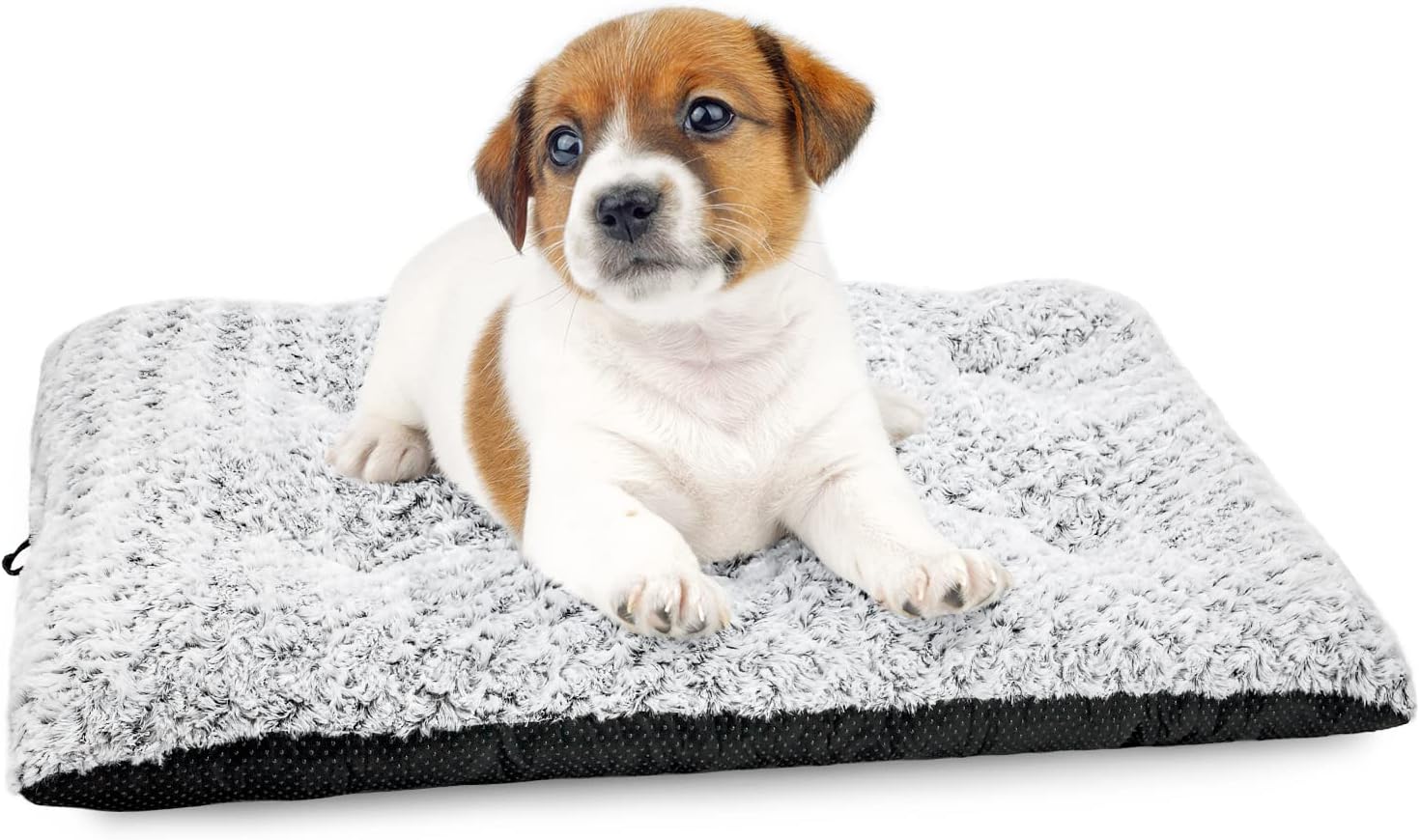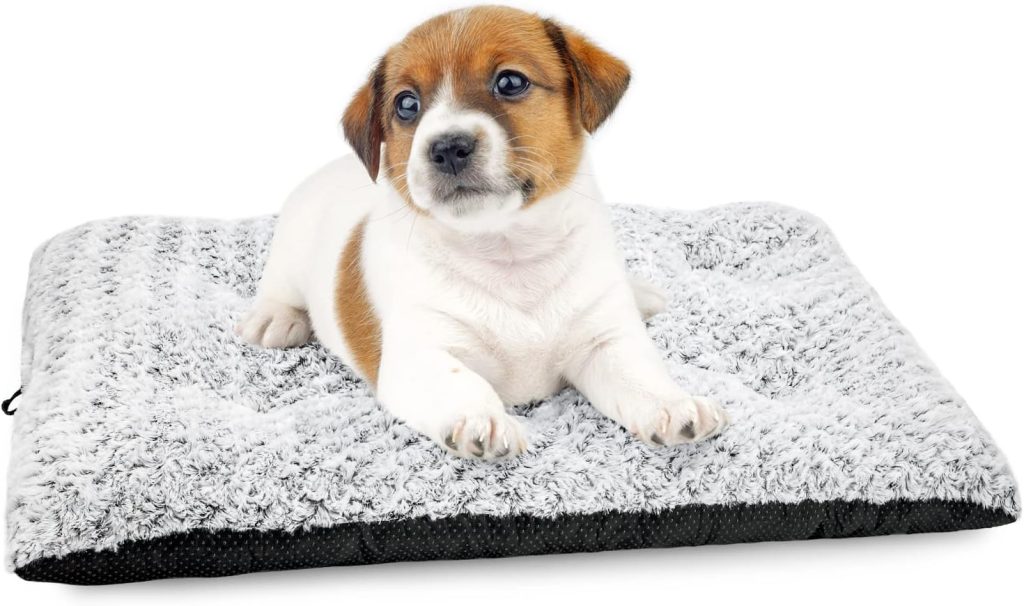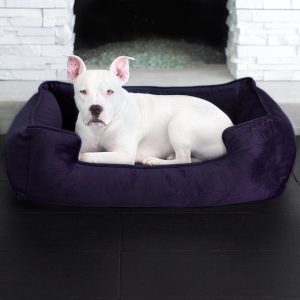Address
304 North Cardinal
St. Dorchester Center, MA 02124
Work Hours
Monday to Friday: 7AM - 7PM
Weekend: 10AM - 5PM
Address
304 North Cardinal
St. Dorchester Center, MA 02124
Work Hours
Monday to Friday: 7AM - 7PM
Weekend: 10AM - 5PM

Table of Contents
ToggleA dog crate is a home, and every home needs a comfortable bed. While the crate itself provides the security and structure, quality dog beds for crates transforms them into warm, inviting sanctuaries. Choosing the right bed goes beyond just finding a soft surface; it’s about providing comfort, ensuring safety, and making their personal space a place they genuinely love to be. A great bed can be the final piece of the puzzle in making your dog’s crate a true den.
Finding the right bed means considering your dog’s unique needs, habits, and stage of life. The perfect bed should not only be comfortable but also practical for you as a pet owner.


The bed you choose should fit snugly inside the crate, with minimal excess room. A bed that is too large will bunch up, which can be a chewing hazard, while one that is too small won’t provide adequate comfort.
For puppies and dogs who are active chewers, a plush, fluffy bed is a recipe for disaster. Chewing can damage the bed and, more importantly, can lead to your dog ingesting the stuffing, which can cause serious health problems. For chewers, consider a durable, rip-resistant canvas pad or a simple, vet-approved mat.
For senior dogs or those with joint issues, an orthopedic crate bed with memory foam can provide crucial support and comfort. On the other hand, for dogs in warmer climates or those with thick coats, a cooling pad can help regulate their body temperature and prevent overheating in their enclosed space.
Let’s face it: accidents happen. A crate pad for dogs should have a removable, machine-washable cover. Waterproof liners are also a fantastic feature that protects the foam inside from messes and spills, making cleanup a breeze.
For the first few weeks of crate training, especially for a puppy, it may be best to use a simple, old blanket or no bedding at all. This helps you avoid ruined beds and prevents your puppy from associating the crate with a place where they have accidents.
For more information on crate types and training tips, check out our comprehensive guide The Ultimate Guide to Dog Crates.
Choose a bed that is the right size and type for your dog’s age, chewing habits, and any health concerns. For most dogs, a flat, durable crate mat is ideal, as it won’t take up too much space and allows for movement. However, puppies need chew-resistant, washable beds, while older or joint-problem dogs may benefit from orthopedic or supportive memory foam beds
Yes, it’s good to put a bed in a dog’s crate because it provides comfort, makes the crate a more positive and den-like space, and is especially important for older dogs or those with joint issues. When selecting a bed, choose one that is durable, easy to clean, and appropriate for your dog’s age and habits, such as a chew-proof bed for puppies.